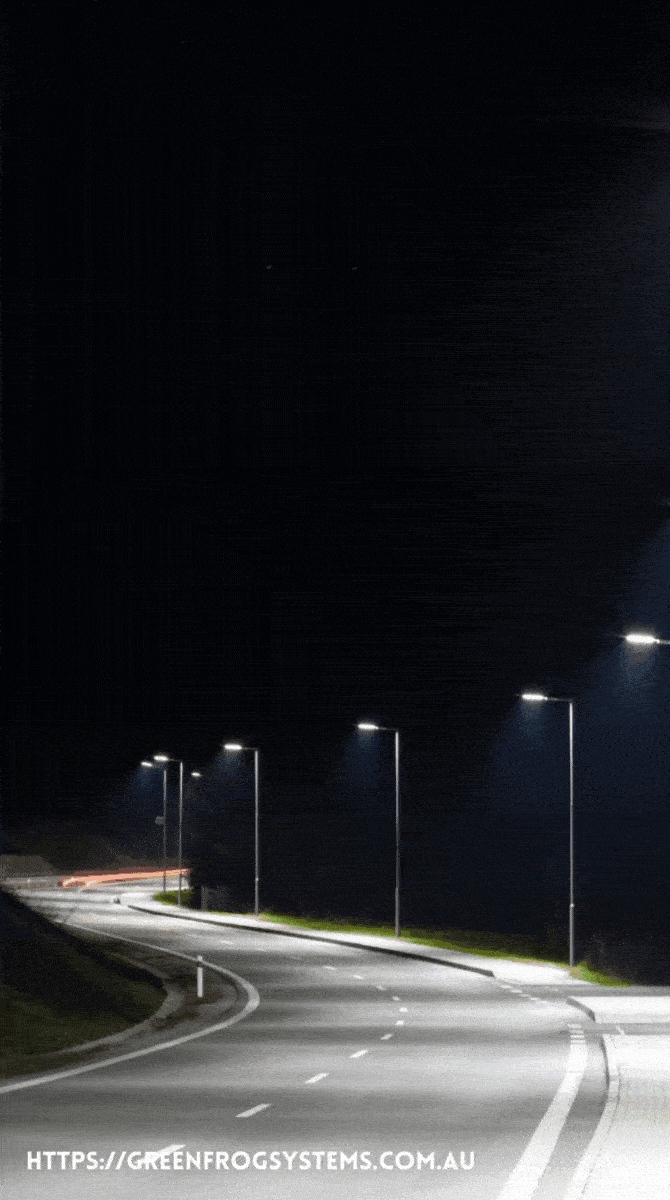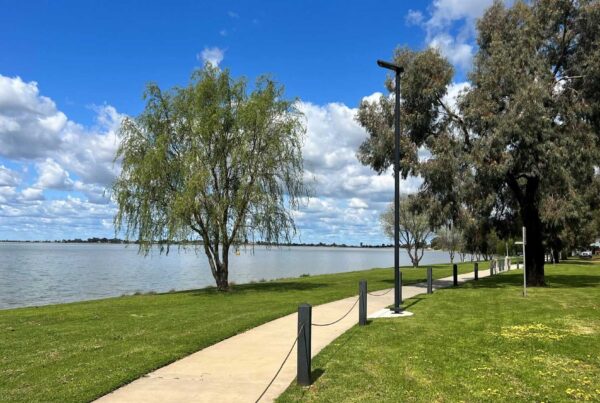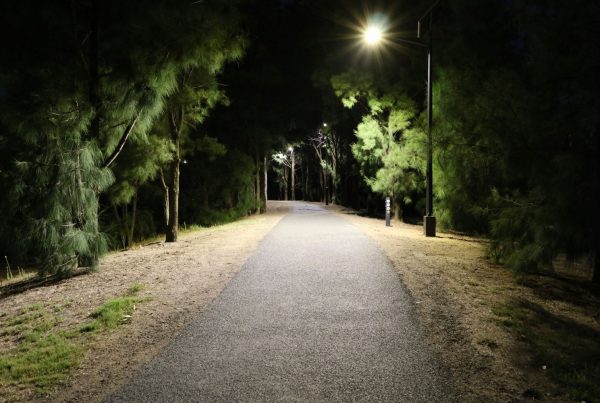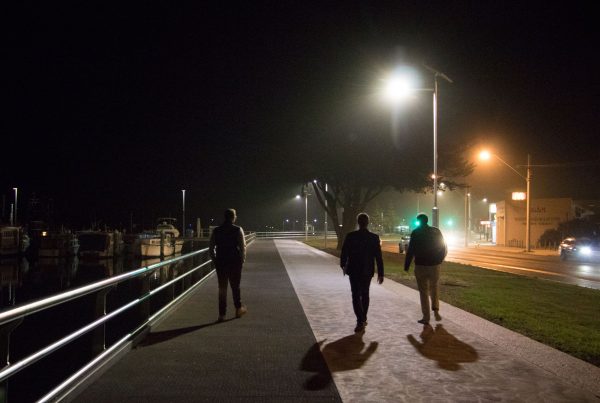It has been known for quite some time that artificial night lighting affects wildlife such as insects and turtles by disorientating them away from their natural breeding habitats such as beaches and coastal areas. Sea turtle hatchlings naturally use the darkness of the horizon to determine their journey from the nest to the ocean, by adding artificial light the landward horizon is no longer the darkest horizon which leads turtles astray – leaving them moving towards danger instead of the sea. Female sea turtles also adapted to avoid illuminated beaches after the fatal effects to their hatchlings, a study by Michael Salmon found that when coastal areas were illuminated, nesting activity declined close to zero, but when they were turned off, nesting activity increased.

While efforts began in the early 2000’s to develop LEDs with a correlated colour temperature low enough not disrupt or alter the behaviours of turtle and wildlife populations these early prototypes came with a significant loss in efficiency.

Fast forward to today however and much has changed. These days LED fixtures with a range between 2700K and 3000K are now commercially available with equivalent energy efficiency of 5000K lamps. Furthermore, the development of different colors of LEDs and different filtering technologies has led to a range of turtle friendly lighting solutions that when powered by a green renewable energy source such as solar offer a highly adaptable environmentally responsible alternative for coastal lighting applications.
While efforts began in the early 2000’s to develop LEDs with a correlated colour temperature low enough not disrupt or alter the behaviours of turtle and wildlife populations these early prototypes came with a significant loss in efficiency.
What can be done with lighting to ensure you are being environmentally responsible?
Reduce Brightness: Brightness not only effects turtles, the brightness of LED lighting can have a significant impact on birds, insects and other animals as well as creating light pollution. By dimming the lights, you can significantly improve the wellbeing of natural habitats and reduce light pollution. Humans naturally adapt their vision to the brightest light in the area which means that when met with darker areas visual acuity is lost. By using a dimmer light, visual acuity is more stable and will adapt to changes in brightness more easily. It is possible to reduce brightness levels of outdoor lighting to meet environmental needs while retaining the lighting levels needed for human activity.
Consider your LED’s Spectrum: By avoiding lights with shorter wavelengths such as blue or ultraviolet light, there will be less environmental impact. Using lights with longer wavelengths (such as red and yellow hues) is more friendly for not only our animals but human eyes as well. LED’s with a CCT (Correlated Colour Temperature) value at the warmer end of the spectrum below have less impact on both wildlife and humans.

Direct Lights Downwards: By shielding light sources to ensure they only illuminate the areas required, and do not create any upward illumination you reduce the environmental effects, particularly light pollution.
Duration: By reducing the time that your light sources stay on, or how bright they remain throughout the night can also reduce impacts. For example, lights that are motion activated or that reduce intensity during times late at night or very early morning when people are less likely to be using the area.
Reference: Salmon, Michael. (2003). Artificial night lighting and sea turtles. Biologist. 50. 163-168.








